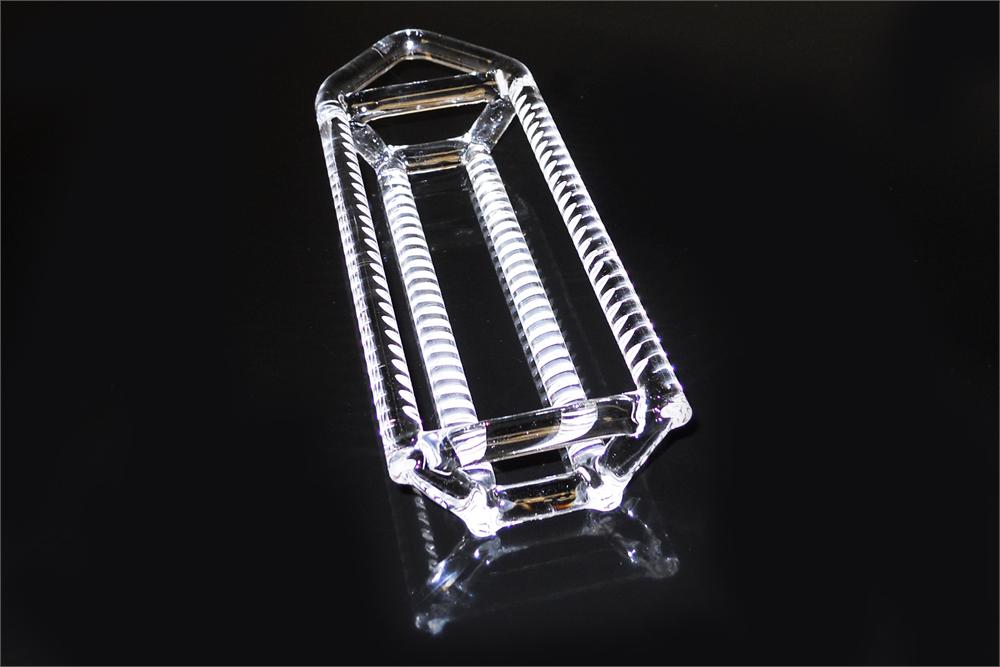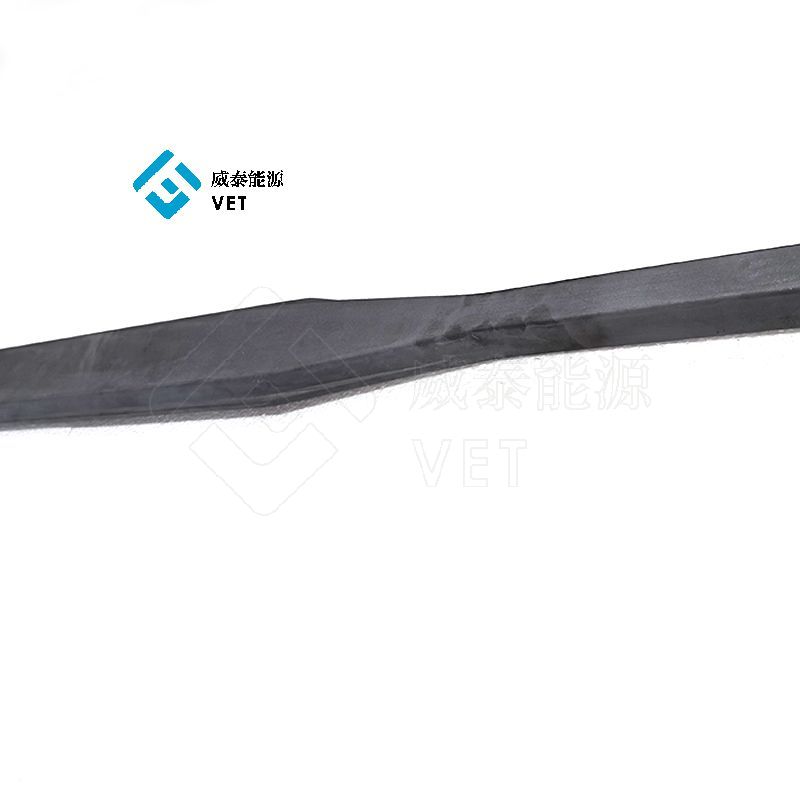-

What is Silicon Carbide Nozzle?
In the world of modern engineering, materials play a pivotal role in enhancing the performance and durability of components used in high-temperature and high-pressure environments. One such material that has garnered significant attention is silicon carbide (SiC). Silicon carbide is a compound ma...Read more -

Silicon Carbide Carrier Plate for LED Etching: Applications and Advantages
With the advancement of technology, the optoelectronic industry, particularly LED (Light Emitting Diode) technology, has become a crucial part of modern society’s lighting, display, and communication systems. The manufacturing process of LEDs involves several critical steps, among which etc...Read more -

What is Silicon Carbide Bush?
Silicon Carbide Bush is a component made from Silicon Carbide, a compound of silicon and carbon, which is known for its exceptional hardness, high thermal conductivity, and resistance to wear and corrosion. It is commonly used in high-performance applications where conventional materials might fa...Read more -

What is Carbon-carbon Composite Material
Carbon/carbon composite (C/C composite) is a fully carbonaceous composite material composed of carbon fiber reinforcement and a carbon matrix. Its defining characteristic lies in its entirely carbon-based composition, where the carbon fiber network serves as the structural framework, while the ca...Read more -

What are the Types of Bipolar Plates?
In the core components of fuel cells, bipolar plates play a crucial role. They not only conduct electrical current but also serve to separate individual cell units, distribute gases, and dissipate heat. With the continuous advancement of fuel cell technology, the variety of bipolar plate materia...Read more -

What is Graphite Bipolar Plate?
The bipolar plate, also known as the collector plate, is one of the important components of a fuel cell. It has the following functions and properties: separating fuel from oxidant and preventing gas from passing through; It collects and conducts current with high electrical conductivity. The des...Read more -

What is Graphite Heater
A graphite heater is a device that uses graphite as the heating element. Graphite itself is a material with high electrical conductivity, high thermal conductivity and high-temperature resistance. When current passes through a graphite heater, graphite can convert electrical energy into thermal e...Read more -

What is Quartz Wafer Boat?
Quartz wafer boat is a specialized tool used in the semiconductor manufacturing process, mainly for carrying and transporting silicon wafers in high-temperature environments. Due to its excellent high-temperature resistance and chemical stability, quartz wafer boats are widely used in many high-p...Read more -

What is SiC Cantilever Paddle?
SiC cantilever paddle is a cantilever agitator or driving device based on silicon carbide, which is usually applied in high-temperature, highly corrosive or highly abrasive environments. Its structural feature is a “paddle” shaped component with one end fixed and the other end freely ...Read more
- English
- French
- German
- Portuguese
- Spanish
- Russian
- Japanese
- Korean
- Arabic
- Irish
- Greek
- Turkish
- Italian
- Danish
- Romanian
- Indonesian
- Czech
- Afrikaans
- Swedish
- Polish
- Basque
- Catalan
- Esperanto
- Hindi
- Lao
- Albanian
- Amharic
- Armenian
- Azerbaijani
- Belarusian
- Bengali
- Bosnian
- Bulgarian
- Cebuano
- Chichewa
- Corsican
- Croatian
- Dutch
- Estonian
- Filipino
- Finnish
- Frisian
- Galician
- Georgian
- Gujarati
- Haitian
- Hausa
- Hawaiian
- Hebrew
- Hmong
- Hungarian
- Icelandic
- Igbo
- Javanese
- Kannada
- Kazakh
- Khmer
- Kurdish
- Kyrgyz
- Latin
- Latvian
- Lithuanian
- Luxembou..
- Macedonian
- Malagasy
- Malay
- Malayalam
- Maltese
- Maori
- Marathi
- Mongolian
- Burmese
- Nepali
- Norwegian
- Pashto
- Persian
- Punjabi
- Serbian
- Sesotho
- Sinhala
- Slovak
- Slovenian
- Somali
- Samoan
- Scots Gaelic
- Shona
- Sindhi
- Sundanese
- Swahili
- Tajik
- Tamil
- Telugu
- Thai
- Ukrainian
- Urdu
- Uzbek
- Vietnamese
- Welsh
- Xhosa
- Yiddish
- Yoruba
- Zulu
- Kinyarwanda
- Tatar
- Oriya
- Turkmen
- Uyghur
